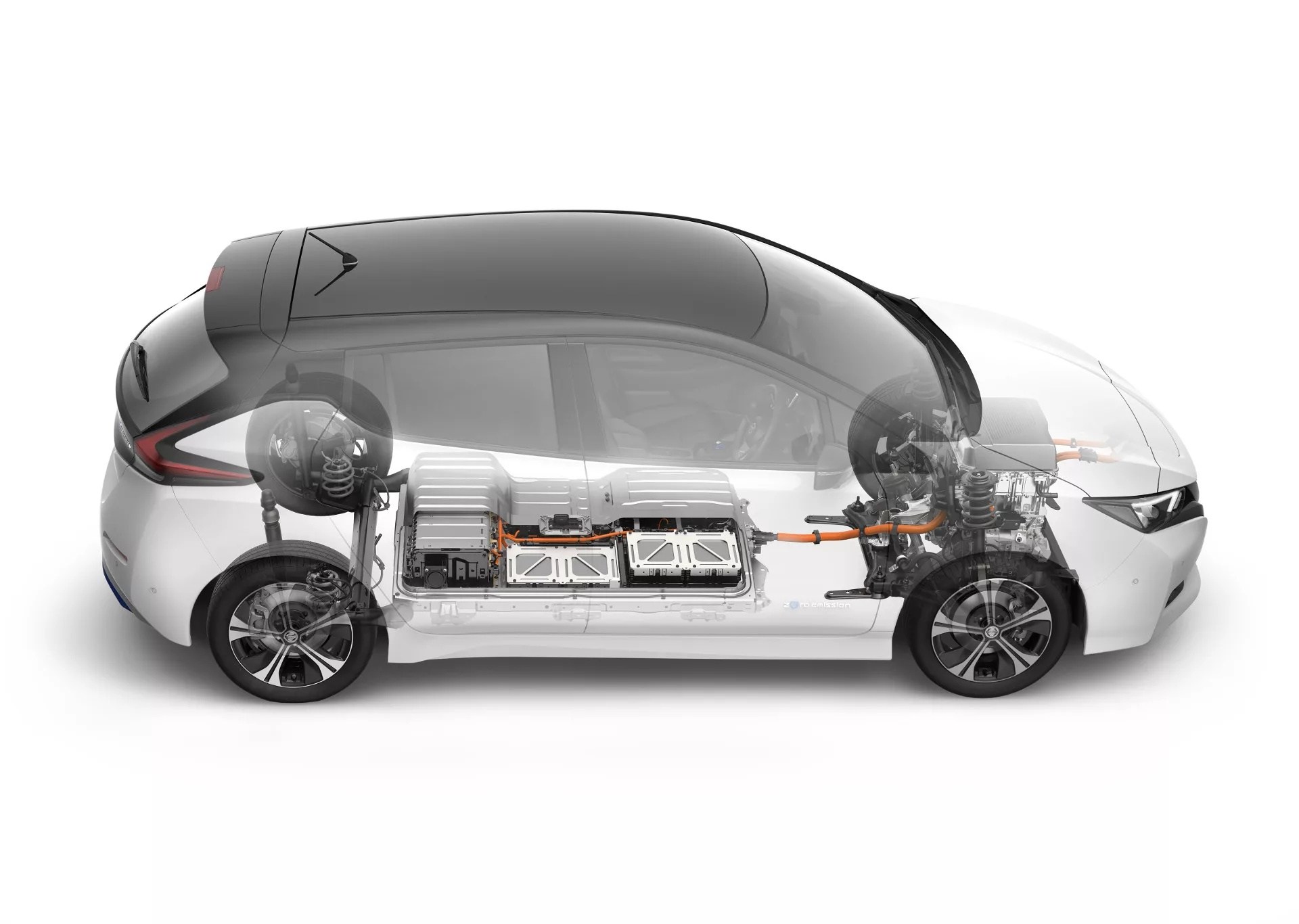In 2007 Nissan created with the NEC company the battery manufacturer AESC. 51% of the joint venture belonged to Nissan, NEC controlled the remaining 49%. The AESC cords were first deployed in the Nissan LEAF in 2010, which eventually ended up converting into the electric car but sold in history (however, this year has not been surpassed by the Tesla Model 3).
Despite everything, in 2018, Nissan sold a large part of its participation in the company to the Chinese group Envision, maintaining only 25% of AESC. The deal includes the battery manufacturing plants in Tennessee (United States) and Sunderland (United Kingdom). NEC, on its part, sells its full participation.
With this Nissan move, I sought to improve its flexibility so that I could buy cheaper third-party batteries. Despite everything, AESC will launch this mix under its NCM 811 cells, as it will enhance its competitiveness; on the other hand, Envision plans to build a gigafactory in China with a capacity of 20 GWh per year, something that probably also benefits Nissan, which may continue to use AESC cells in some of its future electric models in addition to LEAF.
In parallel, the Japanese brand continues to work with other suppliers. He has just announced an agreement with the Chinese manufacturer Sunwoda for the development of a new generation of batteries for its e-POWER hybrid models currently enjoying great success in Japan (particularly the Note vehicle).This technology will soon be coming to the US; however, within its Nissan range, this technology will have to share the leading role with Renault e-Tech and Mitsubishi PHEV systems, with the Renault-Nissan-Mitsubishi Alliance companies.
It is unclear what type of organization will follow Nissan’s hybrid range. Some rumors suggest that the most affordable and least powerful models will be e-POWER, the price and intermediate power of e-Tech (a system that has hybrid and plug-in hybrid versions), and the most expensive and sophisticated PHEV.

